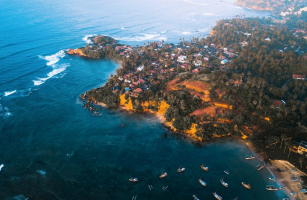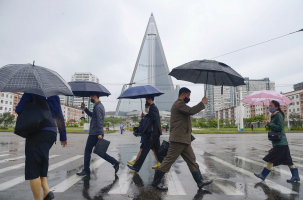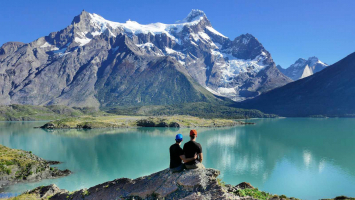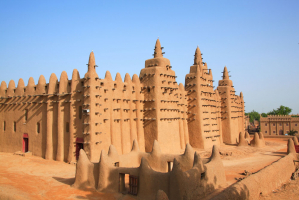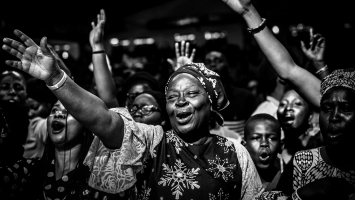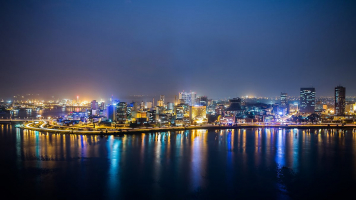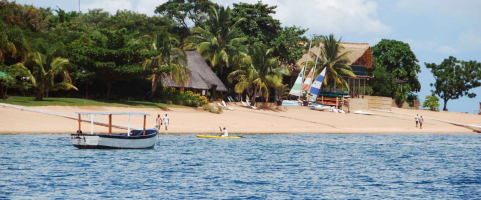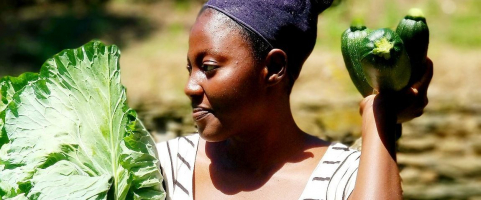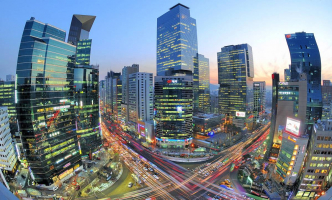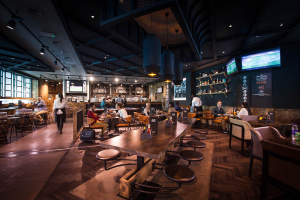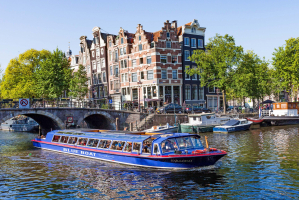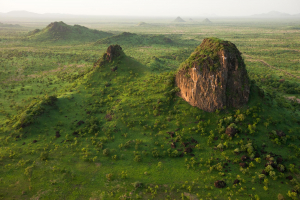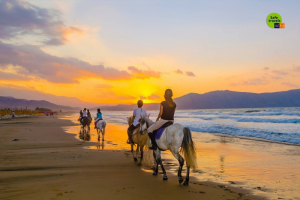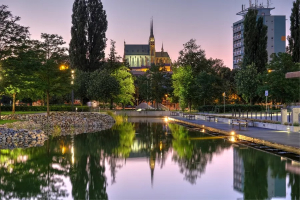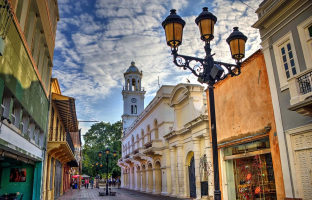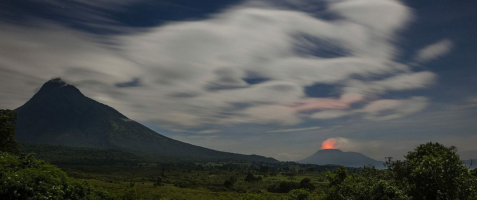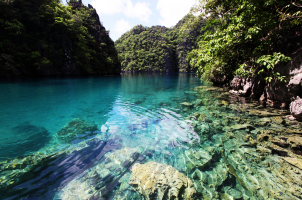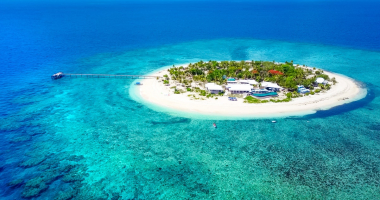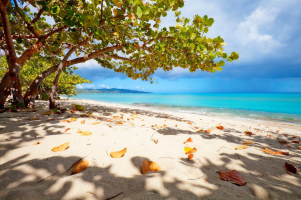Top 10 Things About Burkina Faso You Should Know Before Travelling
Burkina Faso is known for its odd name, which draws travelers' attention. The question arises in the mind of the traveller who hears the name of the country: ... read more...where is Burkina Faso? Burkina Faso is located on the African continent, namely in the West African region, as shown on the map. Burkina Faso is a poor country in comparison to other countries, but it offers pure nature in many parts and a unique way of life for the local population if you desire to visit. Now, for those of you who already know where Burkina Faso is located on a map, Toplist has compiled a list of 10 things about Burkina Faso you should know before travelling.
-
Few people know how to translate the name "Burkina Faso." Burkina Faso's official name translates to "The Country of Honest People" in the native tongue. The people of the town are highly gregarious and inviting, always willing to join in a discussion, lend a helping hand, and ask you to a cup of aromatic coffee, which is a Burkina Faso tourist trademark. This is one of the things about Burkina Faso you should know before travelling.
Coffee can be made in about thirty different ways in this city. Furthermore, few individuals are aware of Burkina Faso's previous name. Because two big rivers, the Black and White Volta, flow through its region, it was previously known as the Upper Volta. The state was renamed to its current name in 1984, reflecting the actual spirit and values of its people. You can comfortably start a conversation with a local now that you know how to translate the word "Burkina Faso" and how it used to be called Burkina Faso.
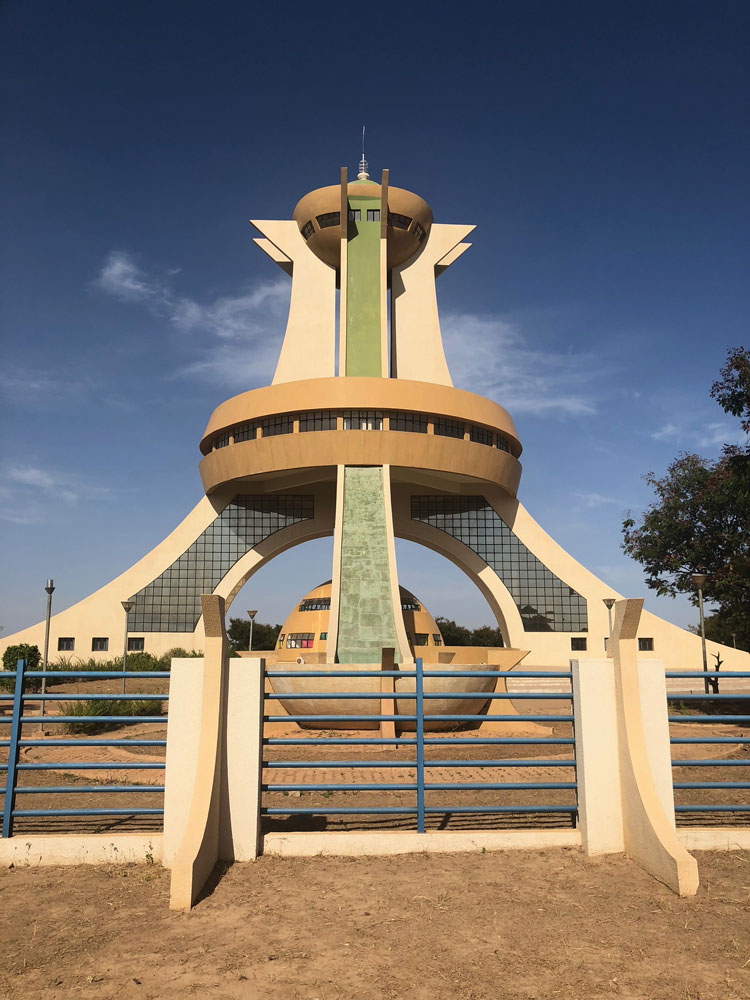
https://www.greyscape.com/ 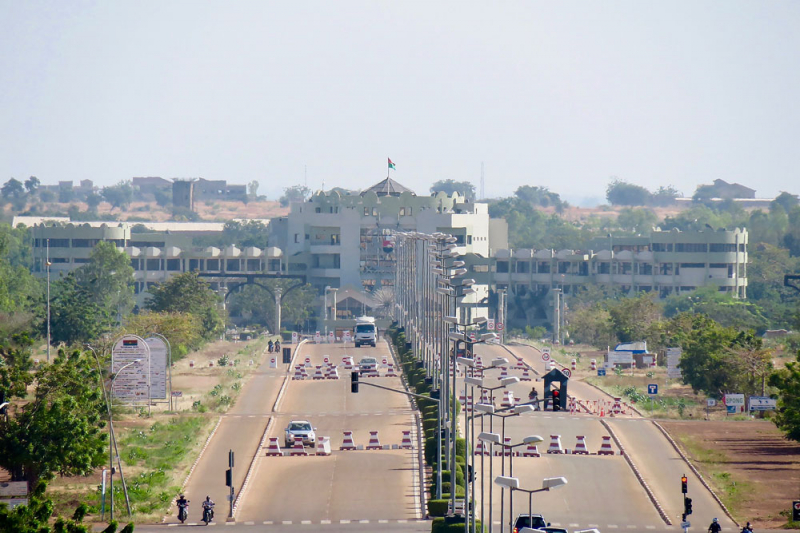
https://www.greyscape.com/ -
The Banfora Cascades, also known as the Cascades de Karfiguéla, are a series of waterfalls that run down the Komoé River in southwestern Burkina Faso. They are around 12 kilometers northwest of Banfora and are one of Burkina Faso's most important tourist destinations. The Cascades Region is named from the waterfalls that may be found there. During the rainy season, from June to September, the flow of the falls reaches its highest point.
The majestic and peaceful rock is one of the most well-known in the country. The creation of the granite took millions of years and was aided by local rivers and wind. Exotic plant species that are intriguing to travelers can be found on the rocky terrain.
Cascades Karfiguela, also known as Banfora waterfalls, are a must-see if you wish to relax in untouched nature away from the stresses of everyday life. They are especially beautiful during the rainy season, when you may enjoy a fantastic view. A great place to visit if you want to cool off with a dip, and if that's not enough, for the less courageous, you can even camp outside in the region.
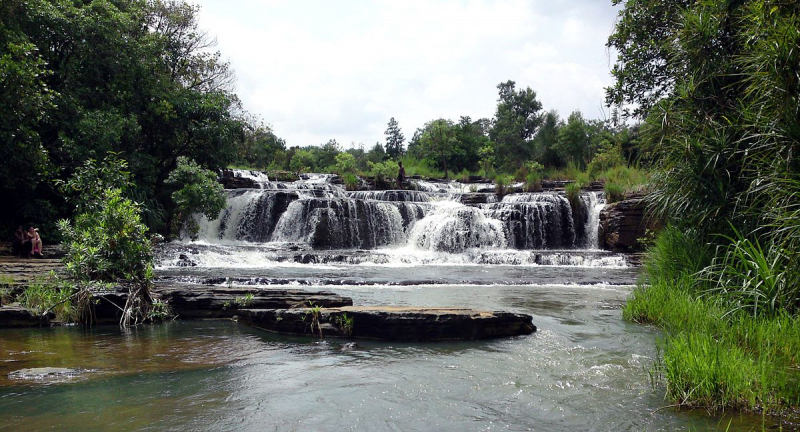
https://www.wikidata.org/ 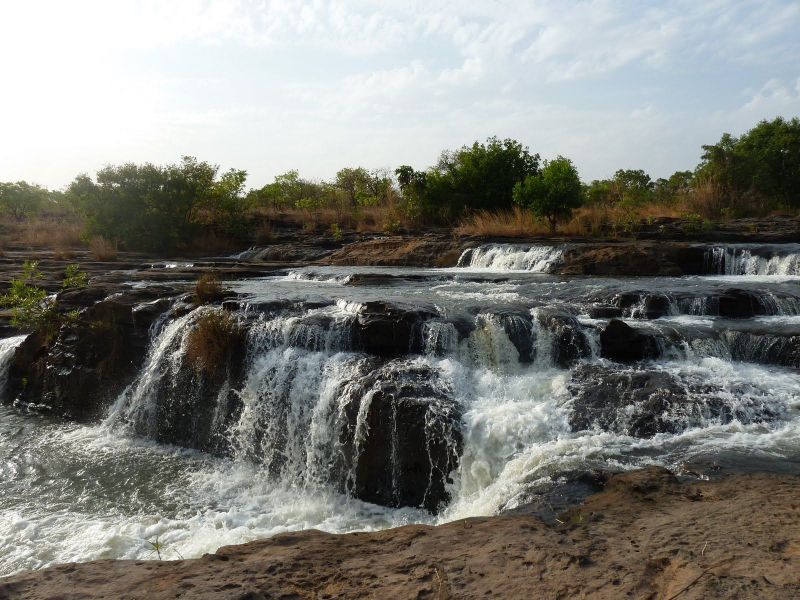
https://heroesofadventure.com/ -
Burkina Faso's Kaboré Tambi National Park is a protected area. It runs between Ouagadougou and the Ghanaian border, following the Nazinon River's course. It was renamed in commemoration of a park ranger who was slain by poachers in 1991. It was founded in 1976 as Pô National Park.
The park's vegetation is mostly made up of northern Sudan savanna grassland in the north and a mix of southern Sudan savanna and northern Guinea savanna in the south. There are also samples of some tree and plant species that existed millions of years ago.
Elephants are the most common residents of this lovely spot. There are also dozens of bird species and other unusual animals that call it home. Senegal Parrot, Violet Turaco, yellow-billed shrike, Blue Blair roller, yellow Penduline, pipes, bearded Barbet, Pied winged swallow, Senegal Eremonela, Blackcap Babbler, sun lark, Purple glossy starling, lavender Waxbill are among the bird species found in the park. Many birds, including the Chestnut-crowned sparrow weaver, Brown romped bunting, and others. Throughout the park, fascinating automobile tours are held on a regular basis, giving visitors the opportunity to see exotic animals up up and personal. This is one of the things about Burkina Faso you should know before travelling.
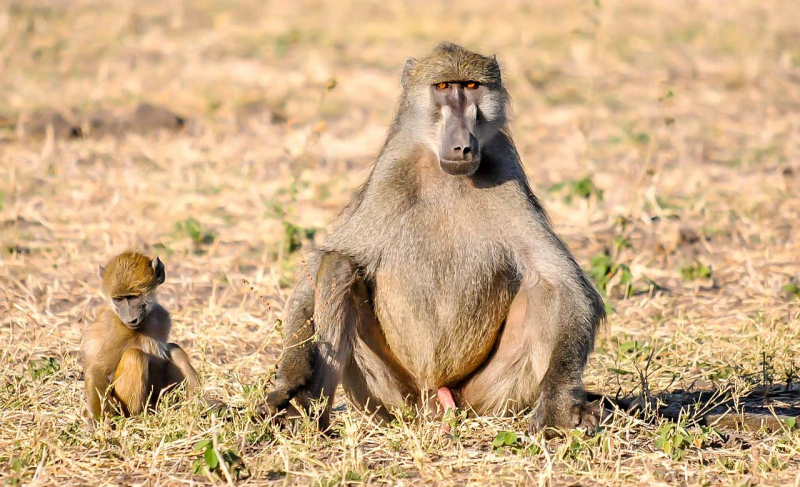
https://discover-burkinafaso.com/ 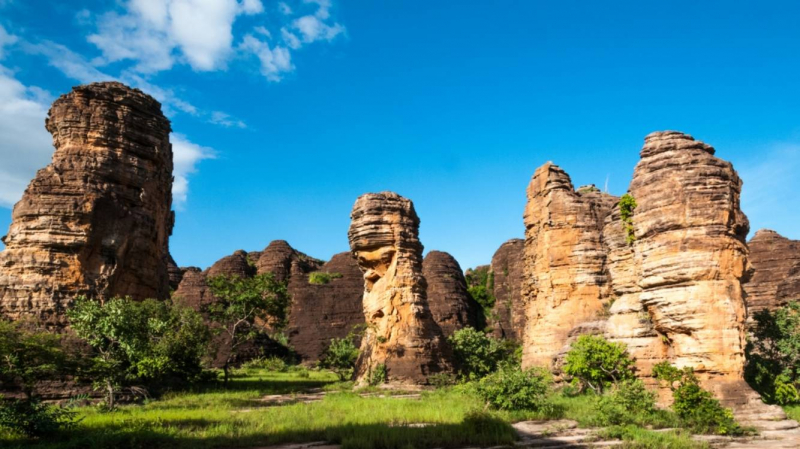
https://hotelscan.com/ -
The Deux Bales National Park is a one-of-a-kind natural wonder in the country. The park, which is essentially a zoo, is located in the heart of Ziniari's city center. However, unlike a zoo, the park's animals do not live in cages, but rather in large enclosures. There are a wide variety of African animals. Guests of the park will have complete privacy with wildlife while walking through the wide park. The granite refuge in Laongo, which is well-known far beyond the state's borders, is also worth visiting. Sculptors from all over the world meet here every year for the "International Exhibition of Granite Sculptures" to cut new sculptures from stone blocks that astonish the sight.
With a total size of 610 square kilometers, Deux Balés National Park was founded in 1937 as the forêts classées des Deux Balés. It was part of French West Africa at the time. The area was given the label of a National Park and referred to as 'parc national des Deux Balés' in 1967, while it was still part of the newly independent Republic of Upper Volta. However, no legislation recognizing it as a national park has been passed.
From Ouagadougou to Bobo Dioulasso, the park is a few hours away. Entrance permits and ranger guides are available at the park entry in Boromo. In Deux Bales National Park, there are various camping and lodging options, including Le Kaicedra Camp, a typical camping site with six tented suites to enjoy under the African sky. This is one of the things about Burkina Faso you should know before travelling.
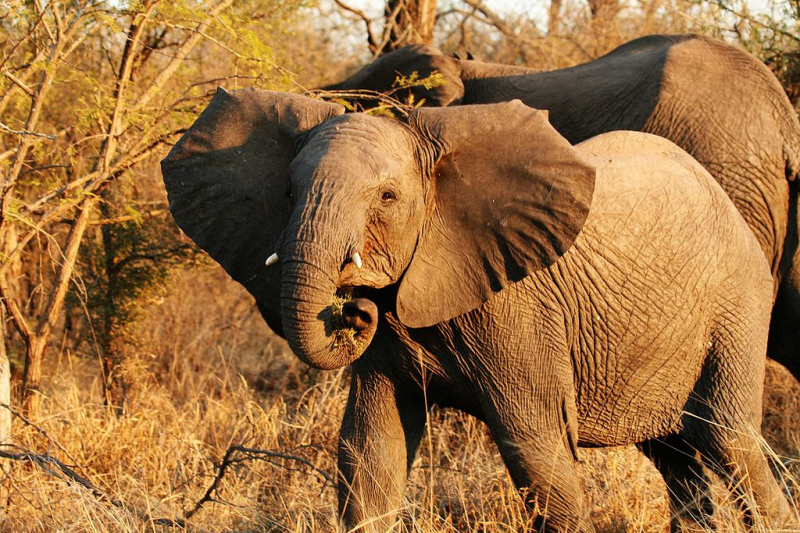
https://travelcravings.com/ 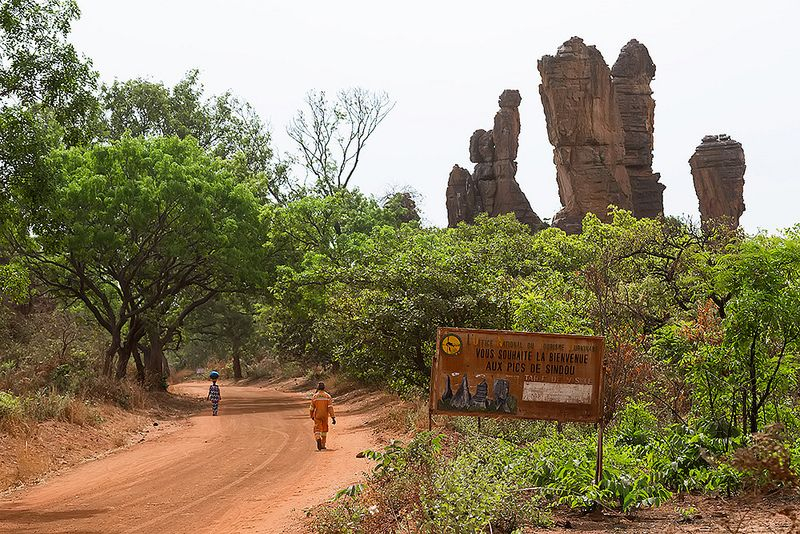
https://www.pinterest.com/ -
Burkina Faso's capital is Ouagadougou. It's a city that sits at the crossroads of multiple ancient trade routes and isn't particularly contemporary. The city is unquestionably the most appealing to visitors. The middle section is small and may be completed in 1.5-2 hours. The capital of Burkina Faso is not particularly rich in sights or exceptional monuments, although it does have a number of legendary structures and spectacular buildings from various eras. There are also several shaded boulevards where you may relax and enjoy the fresh air.
Non-Muslims live in the city, which is reflected in the capital's nightlife, which includes restaurants, pubs, and nightclubs. Elephants, camels, lions, hippos, and ostriches - all authentically African species – are also found in Burkina Faso's capital. This is no accident, as the city has a fantastic park that is home to all of the creatures mentioned above. It is even possible to photograph elephants in the Nazinga Reserve. Isn't it unforgettable?Burkina Faso's city is also known for activities such as safari, a thrilling activity that will give you a rush of adrenaline. This city is also a must-see for fans of equestrian activities and horse racing. You may ride elegant horses at the Oasis du Cheval. Children will find recreation here thrilling if their parents pay attention to amusement parks, where they can have a good time as well.
Handmade handicrafts that retain the ancient ambiance can be found in Ouagadougou Markets, the most colorful place in Burkina Faso's city. Burkina Faso's capital hosts a film festival every two years, where countries from all across the continent display their work. You will be immersed in the intriguing world of movies during this event, which is sure to leave an indelible impact.
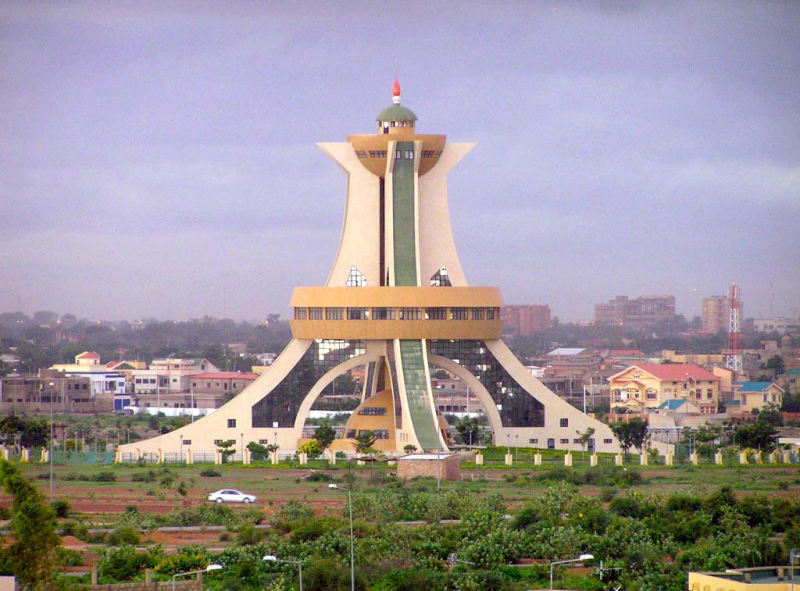
https://www.blackpast.org/ 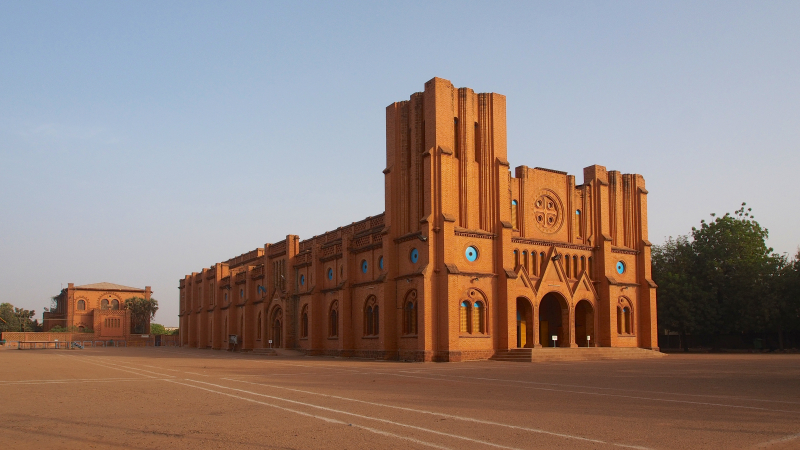
https://en.wikipedia.org/ -
In the country, there are several notable districts. One of these areas is Bobo-Dioulasso, which is famous for its 1880 Great Mosque. It has the appearance of a fortification rather than a classical religious structure. Because of its accessibility and widespread use, the mosque, which is Burkina Faso's largest, was made completely of clay. Massive logs, which now resemble big spikes protruding from the walls, were used to improve the stability and durability of such a large structure. The Mosque is notable for its inside splendor in addition to its stunning exterior.
Kibedi, a hub of art and handicraft, is another noteworthy place. Burkina Faso's Banfora is a little town with only two main streets, but it is one of the country's most prominent tourist sites. There is a gas station, a bank, and two hotels despite its small size. And it is from here that journeys to the Karfiguela waterfalls, which are a natural beauty, are organized.
Ouahigouya is a pilgrimage site because it is home to the world's oldest and most beautiful mosque. People usually visit the mosque for a pilgrimage to commemorate the end of Ramadan. The Royal Palace of the Yatenga Kingdom's kings, Maison du Neb-cango, is located here.
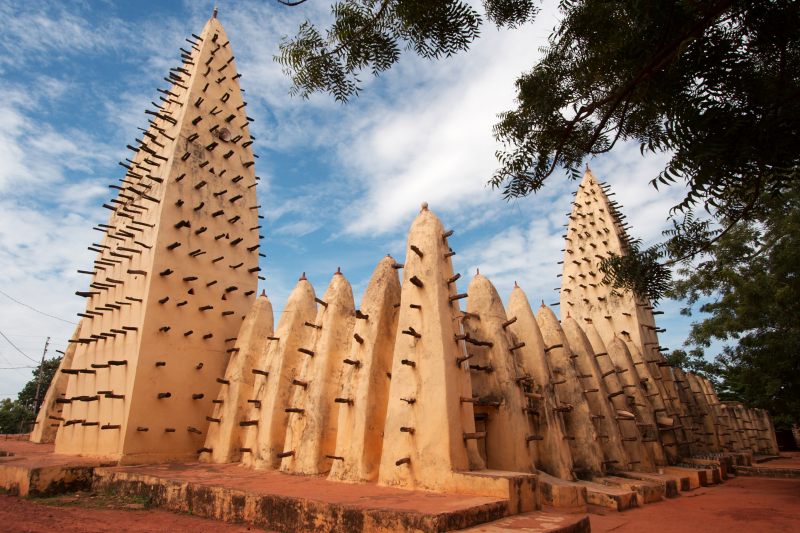
https://en.wikipedia.org/ 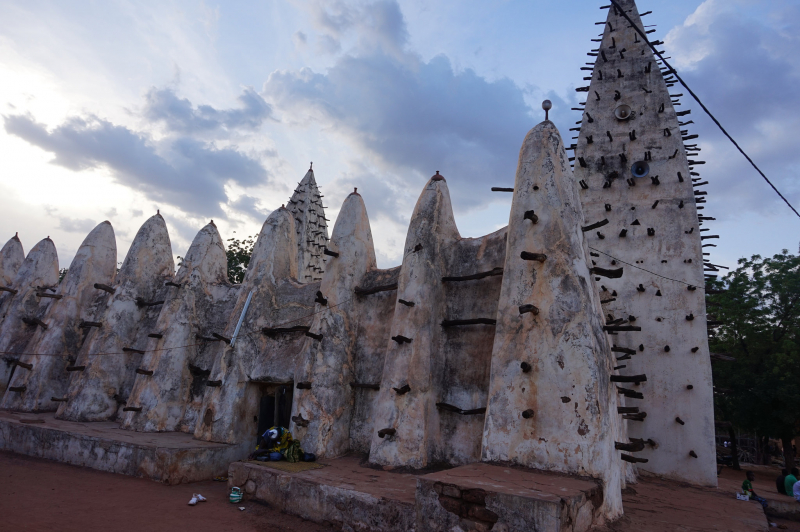
https://buyoya.com/ -
When planning a trip to this nation, keep the weather in Burkina Faso in mind. There is frequently a period of terrible heat from March through June. It is best not to plan a trip during these months if you plan to spend more time on excursions and walks. This is one of the things about Burkina Faso you should know before travelling.
The climate in Burkina Faso is tropical, with a wet season in the summer due to the African monsoon and a dry season in the winter. The rainy season is shorter and less intense in the north, resulting in a semi-arid environment, whilst in the south, the rains linger longer and are able to feed a lusher vegetation; indeed, there are natural reserves with savannah flora and wildlife.
Throughout the year, temperatures in Burkina Faso are hot. Because of the prevalence of northeast winds in the winter, the air is dry and capable of lifting dust, turning the sky whitish, but it can also generate true sandstorms. Storms can also occur in the spring due to the collision of wet air masses that arrive from the ocean and move inland.
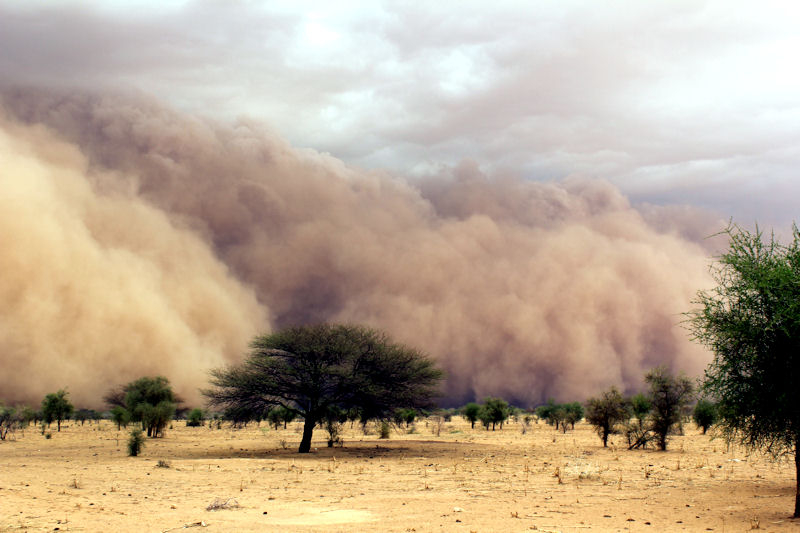
https://www.globalsecurity.org/ 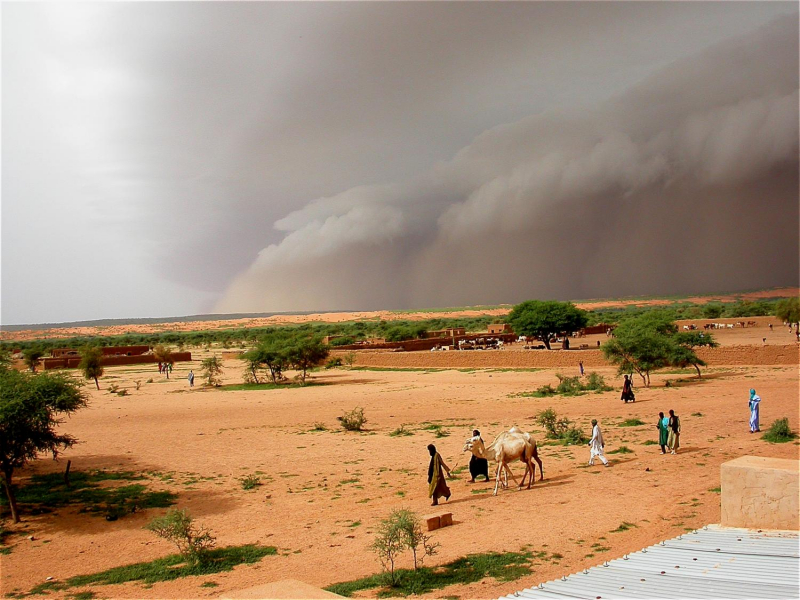
https://phys.org/ -
In the African country of Burkina Faso, what animal is considered sacred? – Of course, the question isn't the most crucial among those planning to visit, but it is significant. Burkina Faso, like many African civilizations, considers the crocodile to be a sacred animal. This is one of the things about Burkina Faso you should know before travelling. Local youngsters may easily pull a crocodile by the tail, and women can wash their clothes and dishes in large reservoirs without worry.
Crocodiles in this area are considered "tame," as they do not attack humans and even allow tourists to touch them. The secret is simple: villagers in Burkina Faso feed them so much that they don't even react to the necessary stimuli. Discover which animal is considered sacred in Burkina Faso, and do you dare to touch it and take a photo with it as a souvenir?
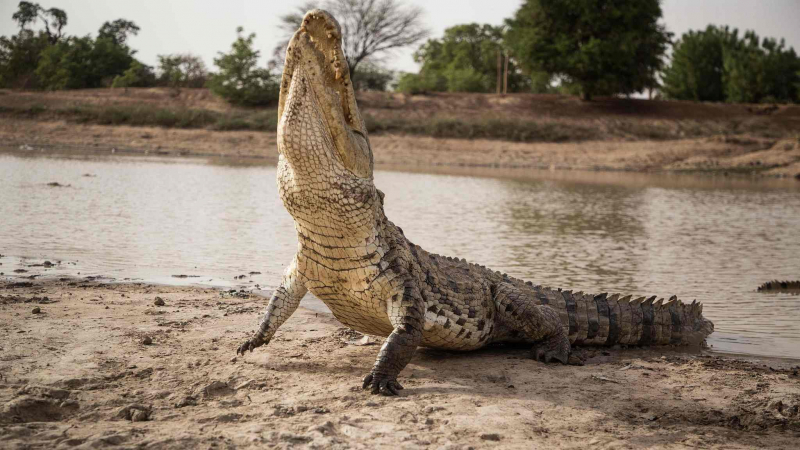
https://news.cgtn.com/ 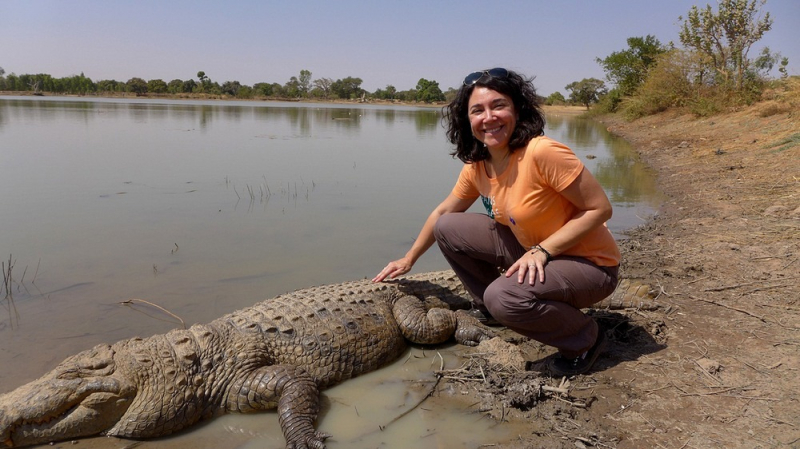
https://www.amusingplanet.com/ -
Burkinabé cuisine, or Burkina Faso cuisine, is centered on basic foods such as sorghum, millet, rice, fonio, maize, peanuts, potatoes, beans, yams, and okra, and is comparable to cuisines in many countries of West Africa. The most often consumed grains are rice, maize, and millet. Mutton, goat, beef, and fish, in particular, are frequently grilled. Yams and potatoes, as well as okra, tomatoes, zucchini, carrots, leeks, onions, beets, pumpkins, cucumbers, cabbage, sorrel, and spinach, are among the vegetables.
Although imported products are becoming more widespread in urban regions, meals in rural areas traditionally consist of Tô (Food), a sauce made from corchorus or baobab leaves, as well as Bombax costatum calyx, dried fish, and spices like chili and soumbala.
Among the most popular dishes are: Rice cooked with tomatoes, onions, and a lot of oil is known as fat rice; Tô are white starch balls that can be cooked into dumplings, used as a base for sauces or stews, or eaten like cakes; Bissap is a Hibiscus drink that is frequently served with pineapples; Poulet Bicyclette is chicken tenderized in lemon juice for 24 hours before cooking; and Babenda is bitter greens cooked with fermented locust beans and smoked fish.

https://www.saltshaker.net/ 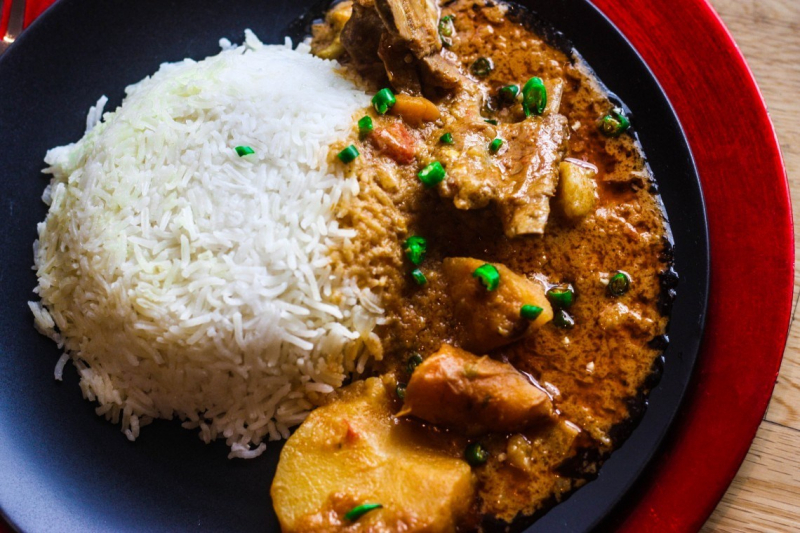
https://seeafricatoday.com/ -
Burkina Faso is characterized by a semi-arid climate. In Burkina Faso, the highest average temperature is 41°C in April and the lowest is 32°C in August. The greatest time to visit Burkina Faso is from late October to December, when the scorching heat drops to "quite hot." This is one of the things about Burkina Faso you should know before travelling. The landscape is renewed during these months, and while harmattan winds bring dust from the Sahara, it keeps the temperatures more tolerable and the heat drier. There's no reason to limit oneself to such a tiny window when the weather is at its most pleasant. Burkina Faso has plenty to offer in every season.
Any opportunity to combine a trip with one of Burkina Faso's many large-scale international festivals – the biennial pan-African film festival Fespaco, held every odd-numbered year in February, the arts and crafts extravaganza SIAO, held every even-numbered year in October, or Bobo-culture Dioulasso's week, held every even-numbered year in March – should be seized.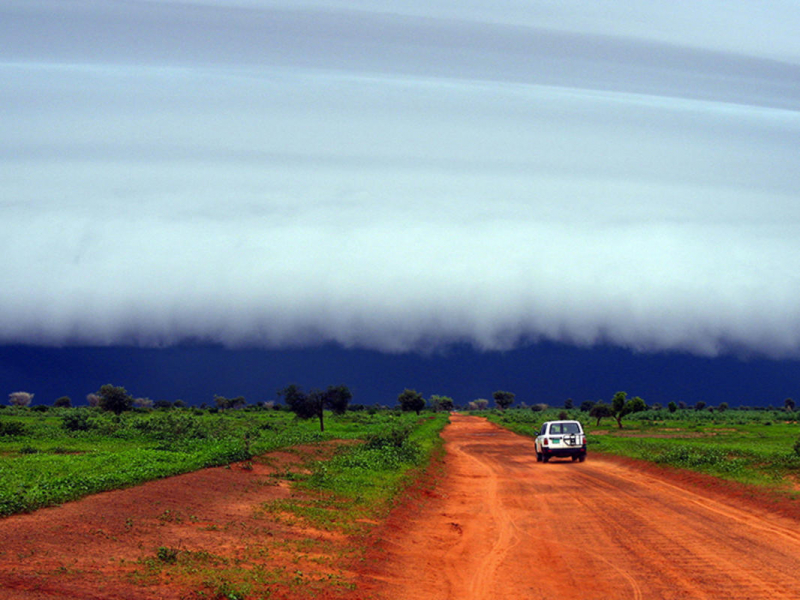
https://www.iexplore.com/ 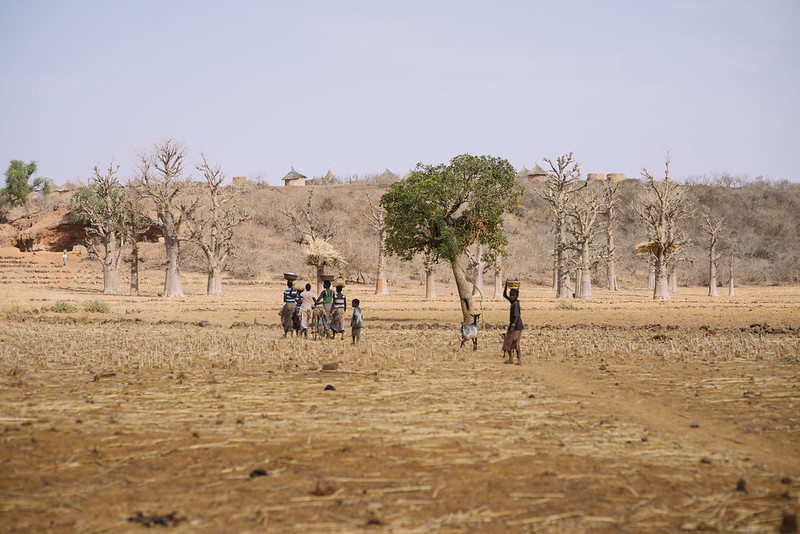
https://www.ipsnews.net/












